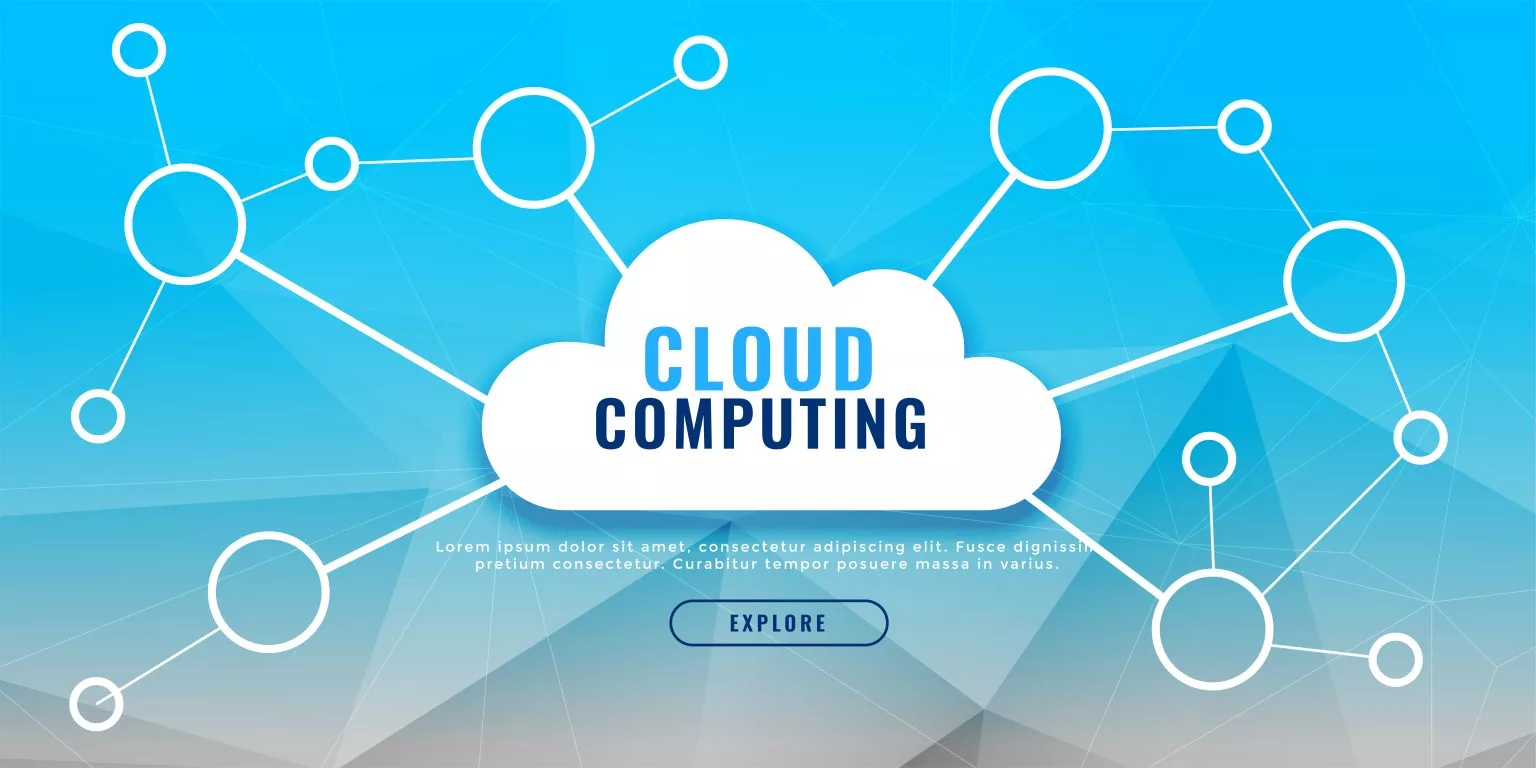Robot Process Automation has recently become all the rage in the business world as companies worldwide are racing to get their hands on the latest technologies and certificates. While it is undeniable that the RPA market is among the fastest-growing in the IT industry, many are still strangers to this field. This CMC Global‘s article will act as a beginner’s guide in RPA market analysis for this up-and-coming tech trend.
Overview and Outlook
Robot Process Automation, or RPA, is a technology that allows organizations to resolve mundane and repetitive tasks using software applications (robots or bots) instead of manual labor. Besides its accuracy and time efficiency, this technology is also highly versatile and adaptive, meaning it can be integrated into companies of all sizes, from small start-ups to the largest enterprises.

RPA helps companies put traditionally highly manual processes into automation, eliminating the chances of human errors, and improving accuracy, compliance, and security. In turn, these enhancements become an appealing draw to the end-users as they can place more confidence in organizations equipped with RPA.
The RPA market has been on the rise for years. According to statista.com, the total market size of RPA grew by 1 billion USD in just one year from 2018 to 2019. Yet, the market revenues of 2.9 billion US dollars in 2019 are expected to be eclipsed by further growth in the upcoming years. According to this forecast, the market value is set to reach more than 10 billion by 2023.

(in billion U.S. dollars) (Source: Statista.com)
It is clear to recognize the boundless potential of the RPA market.
Market Segments
The RPA market includes two main segments: Software development and Service with the later service segment accounting for more than 60% of revenue share in 2019, according to Grand View Research.
Software
This segment involves leading vendors who provide software/ platform licenses based on enterprise requirements to automate the processes. In Gartner‘s report in 2019, the leading players in this field are UIPath, Automation Anywhere, and BluePrism. Any business, organization, or vendor wanting to venture into the field of RPA would likely have to use the technologies developed by these providers.
In the same research, Gartner found RPA to be the fastest-growing market in enterprise software, growing over 63%. Although the overall market value of $846.2 million remained rather modest compared to other multi-billion dollar enterprise software categories, this number is still impressive for a relatively novel technology.
Service
There is a wide variety of services that RPA vendors tend to offer to their clients, the most prominent being: Consultancy, Implementation, and Training & Support.
In terms of Consultancy, it accounted for the largest market share of over 42% in 2019 according to Grand View Research. Here, services vendors analyze the operation processes of their clients to provide advice on how they can improve with RPA. The providers tend to offer customer-specific solutions that are tailored to the unique characteristics and demands of their partners.

Implementation is straightforward. It’s when organizations hire a third-party partner to take care of their RPA deployment. This can be on-premise deployment or cloud transformation, each having its pros and cons. Regardless, implementation plays a vital role in the overall RPA market.
Once RPA is implemented in an organization, training is the next step to take. Staff members, especially sales personnel, need to get a firm grasp on this technology to operate these technologies smoothly and turn them into competitive advantages. At the same time, constant maintenance and updates are also required for a robust automation environment.
Industry Application
Due to its flexible nature, RPA can be deployed in almost all sectors of the economy. However, there are a few dominating industries that are frontrunners in the RPA wave.

The first beneficiary of this technology has to be the Banking, Financial Services, and Insurance sector. As your previous blog has pointed out, RPA is particularly beneficial for BFSI companies as these organizations tend to deal with an enormous volume of data daily, while remaining utmost accuracy and security.
Other big markets include the IT, Logistics, Pharma & Healthcare industries. Among these sectors, the pharma and healthcare segment has the most potential as the sector is characterized by labor-intensive activities and demanding patient data compliance along with the ever-increasing amount of data processing. Healthcare service organizations are using smart tools to implement fast automation for processes such as admissions and discharge, clinical data interoperability, and health plans.
Market by Region

In 2019, North America dominated the market alongside Europe. This can be attributed to the fact that these regions are the main hub of leading IT corporations in the world. At the same time, large corporations and companies that can afford new technologies such as machine learning, AI, and robots, are also located here.
Yet, Asia Pacific is the most promising market, especially in South East Asia. Aside from India and China which are the tech giants of the region, new players such as Singapore, Malaysia, and Vietnam are emerging faster and stronger than ever before, both in terms of IT and in terms of doing business on the whole.

CMC Global is proud to be Vietnam’s leading organization in RPA implementation. We are constantly striving to improve our capacity in carrying out RPA projects. Previously, in December 2019, we acquired 10 RPA Automation Anywhere certificates, proving our capacity to deploy automation projects. These achievements show our serious effort in building competence in automation and implementing new technology solutions.
Here at CMC Global, we offer a wide range of RPA services, from Consulting to System Integration and even RPA Implementation.
Read more on CMC Global’s products and services and equip your business with the latest IT solutions here.




